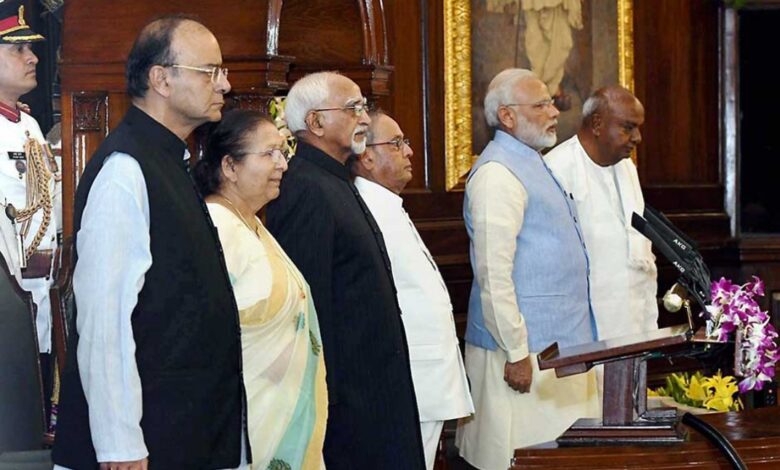
GST Is A Glowing Tribute To PM Modi’s Political Convictions
GST is a landmark indirect tax reform that the Narendra Modi government launched in July 2022, and it aims to make India a unified, common market. The tax is a single, destination-based, multi-stage tax from manufacturing to consumption. GST is a tax only on value addition since input tax credits are available at each stage during value addition.
A vital advantage of the GST is the Input Tax Credit (ITC), as is true for any consumption-based or value-added tax. The standard rate for the first GST in France was 20% in 1954. New Zealand introduced it in 1986 at 10%, which is now 15%, but it does not apply to residential rents or financial services.
GST was introduced in Singapore in 1994 at 3%, then rose to 7%. The Value Added Tax (VAT) on imports is 10%-50%, whereas the GST on exports is exempt from most implications. It ranges between 10% and 35% in Indonesia, but between 17%-20% in Brazil, with an additional cess on inter-state supplies ranging from 4%-25%.
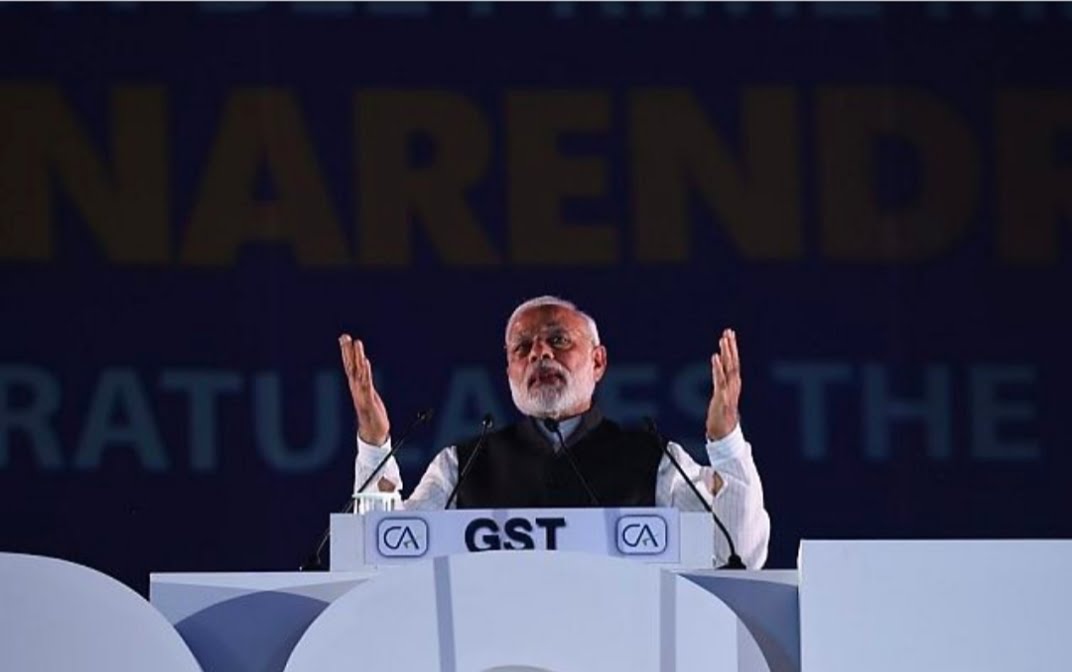
Federal tax rates on most domestic and imported manufactured products can reach as high as 330% on some items. Chinese indirect taxes are zero, 5%, and 19%, but very few things are ‘recoverable’ or qualify for input tax credits. Indirect taxation data provided by other countries reveal that there is no single kosher indirect tax or GST rate. Around 160 countries have GST, with more than 40 different structures.
It has been claimed for some time that India’s GST is inefficient because of its multi-tier structure. As a country with over 1.38 billion people, the Indian variant of GST is unique. Tax rates for 1,186 of the 1,214 widely used goods, or 97.69%, were reduced from 28% to 18% under the GST. India has never made a more pro-middle-class move since independence. It was initially anticipated that it would be introduced two-three years after GST in July 2017. The RNR would be 15.5%.
Yet even five years after GST was implemented, the RNR remains at 11.4%. This shows that the Modi government has lowered taxes far below what it anticipated earlier. It reflects precisely that the Modi government struck the right balance between tax base and tax rates, regardless of disruptions resulting from Covid-19 and the Russia-Ukraine conflict.
Under an inept Congress, RNR was over 19%, compared to 11.4% today. As of May 2014, over 226 items were taxed at around 28%, with some being taxed at approximately 33%. Most often, sin goods like tobacco, alcoholic beverages, and high-end sedans attract a 28% tax rate today. Hence, it is clear that overall tax rates have gone down drastically under the Modi government.
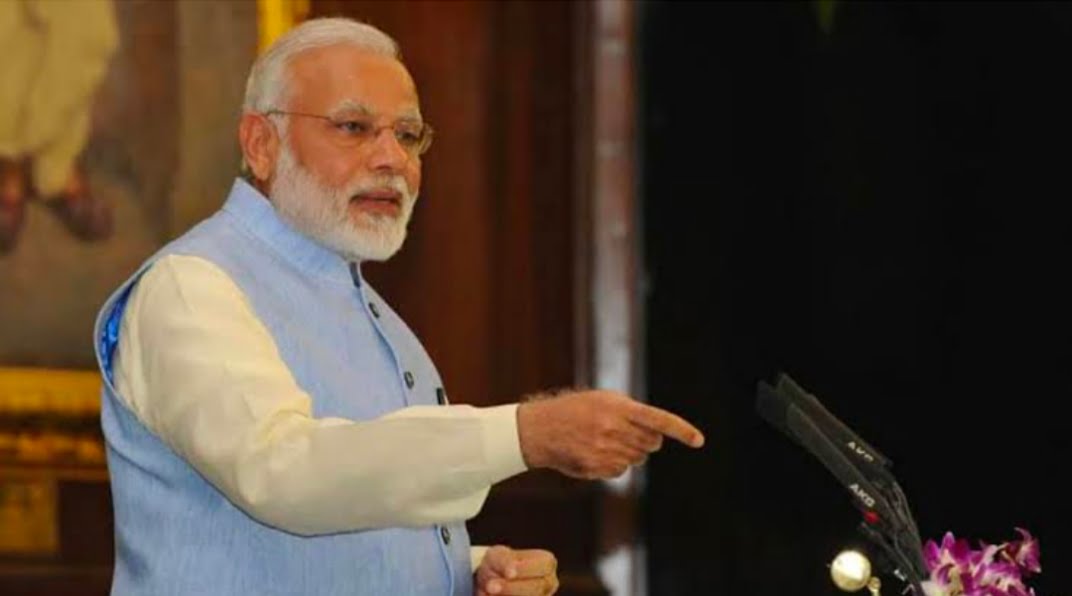
Many items are charged either zero or a humble 5% GST, indicating that the scheme is mainly pro-poor and pro-middle class. The GST has been set at 5% for all terms to make religious tours more affordable. Business class air travel is subject to a 12% GST, while economy class is subject to a 5% GST. A 12% GST has been imposed on movie tickets up to Rs 100, and an 18% GST has been charged on tickets above Rs 100.
TVs up to 32 inches, tires, and most auto parts were exempt from GST. Sanitary pads now face zero GST instead of 13.5% earlier. As a practical matter, Modi’s GST is middle-class-friendly and progressive without burdening the exchequer. That is considerable progress.
Despite India’s geographic size, complexity, and population, the Modi government did everything it could to rein in inflation and implement GST effectively amidst global turmoil. As a result, only 49 of the 160 countries adopting GST follow one tax slab module, 28 countries have two slab tax modules, and the rest have modified GST structure to match their country’s specific needs.
Modi’s seamless GST implementation is a testament to the power of political conviction. State VAT, entertainment tax, taxes on lotteries, betting and gambling, and entry tax (not levied by local bodies) have been absorbed under GST. As a result, India’s indirect taxes include Octroi, entry, and luxury tax.
Using the GST regime, inter-state shipments of goods must use an electronic waybill, known as an e-Way Bill. Interstate goods transport exceeding 10 kilometers needs to generate, with a limit of Rs. 50,000. Using the technology, we can detect and clamp down on cash-based trade that crosses a specific boundary and thereby prevent tax evasion.
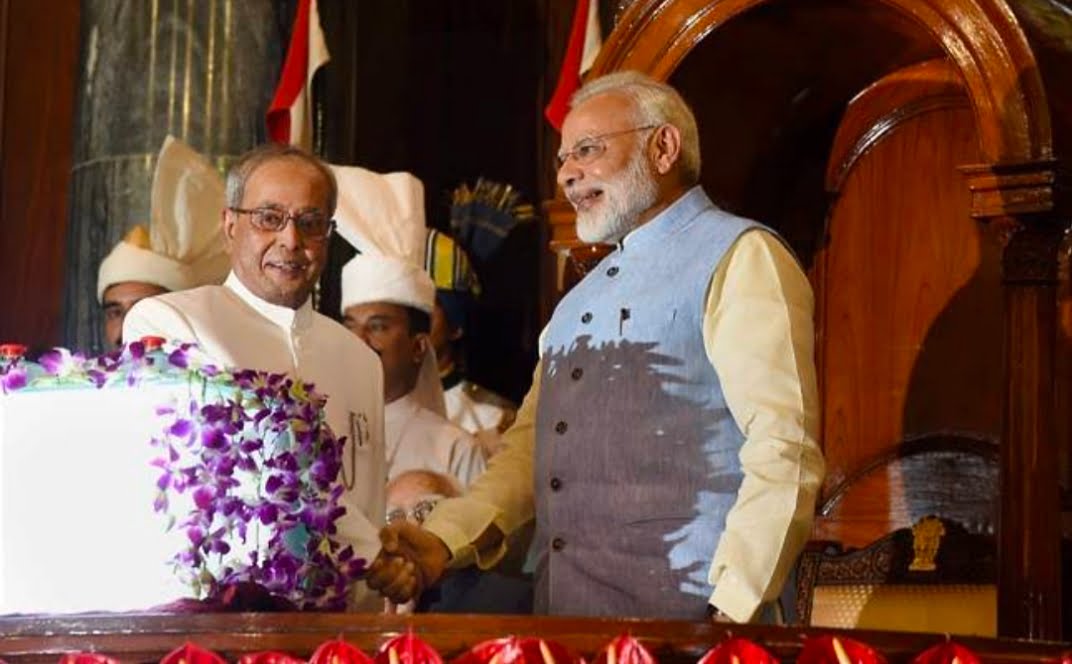
With GST, e-Way bills with RFID tags and sensor-captured toll plazas have been remarkable steps toward improving tax compliance. Currently, 70-75 million e-Way bills are generated monthly, representing a vibrant economy. Rahul Gandhi and his sycophants can keep vacillating between false bravado and sheer desperation in the case of GST.
The final measure of a great idea is how well it is implemented. Instead of the Congress building flaky castles in the air, kudos to the Modi government for walking the talk, resolving thorny issues, and implementing necessary changes to make GST a reality on July 1, 2017. Each month, the revenue deficit grant (RDG) is close to Rs 10,000 crore.
As GST compensation, the state of Kerala received more than Rs 2 lakh crore, followed by West Bengal. The Modi government does not deny compensation to states as claimed. Rather than churlishly blaming the BJP for snatching their idea, which they never came up with in the first place, Congress should stop playing the martyr.
It is no mean feat that the GST collections have averaged over Rs 1 lakh crore per month since October 2020, which is no mean achievement in a democracy. A peak of Rs 1.68 lakh crore was achieved in GST revenues in April 2022. In all housing market segments, the Modi government lowered GST from 12% to 5% and 8% to 1% in the affordable housing niche, confirming the NDA government’s pro-people stance.
An affordable house would be defined as having a carpet area of 60 square meters, costing up to Rs 45 lakh in a metro, and 90 square meters in a non-metro. In addition to the fuel economy of India, post-GST, truckers no longer have to wait at inter-state checkpoints to pay octroi and entry taxes. As a result of fewer toll nakas, truckers can now cover 325-350 kilometers in a day on average, compared with 200-225 kilometers before GST.
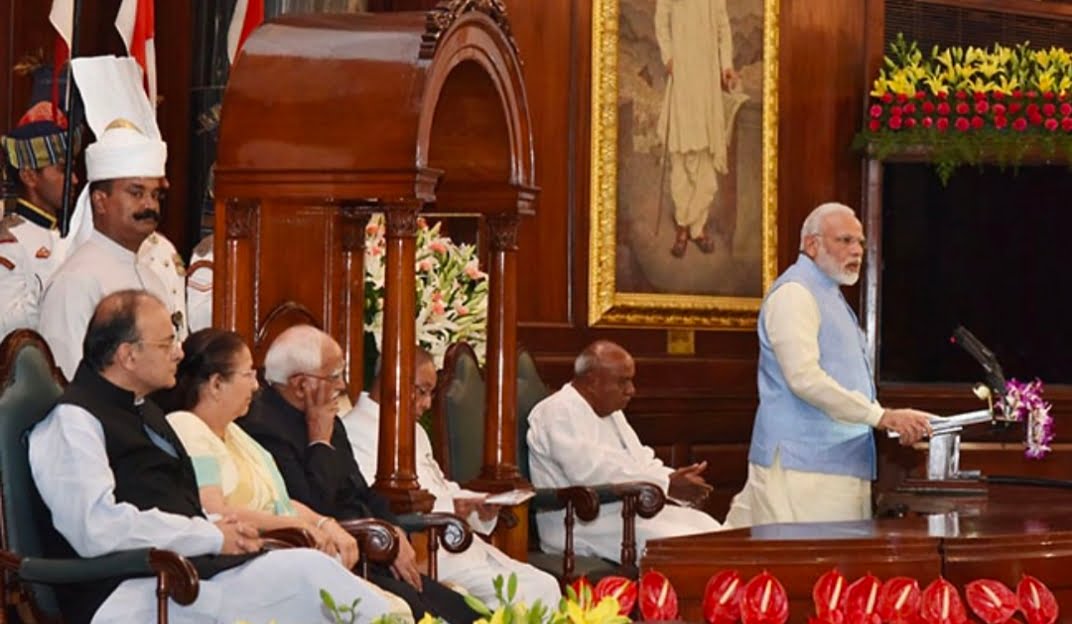
From November 23, GST Council reduced rates for all AC and non-AC restaurants to 5%. Only starred restaurants will charge higher rates on menu items above Rs. 7,500. Historically, eating out costs as much as 28-33% in service tax, surcharges, cess, and other taxes, but now this stands at just 5%.
The GST Council, in its 31st meeting on December 22, 2018, exempted services rendered to all Jan Dhan accounts in the country from taxation, demonstrating that the Modi government’s call for Sabka Saath, Sabka Vikas, Sabka Vishwas is genuinely a work ethic. The Modi government implemented E-Invoicing in 2020 to counter corruption, tax leakages, and fraud using fake invoices. It was then lowered to Rs 100 crore and Rs 50 crore.
In future years, it will be further reduced to Rs 5 crore, ending mismatches of invoices that delayed account reconciliations. Since the GST era, a handful of 12-odd forms have been required instead of 495 forms before. Detailed information about all outward supplies is contained in GSTR-1s, filed monthly. Registered dealers must file the GSTR-2 for all inward supplies they receive. Businesses who recently switched to GST can use the GSTR-3B, a consolidated report that combines inward and outward collections.
CGST Rules 2017 Rule 80 says different types of GSTR 9 returns exist. “Composition Scheme Taxpayers” are required to file GSTR-9A; “Electronic Commerce Operators” must file GSTR-9B. As per Section 35 of the CGST Act, persons needing a CGST audit must file GSTR-9C. GST is a disincentive by taxing demerit goods at higher rates, whereas mass consumption items are taxed at zero or 5%.
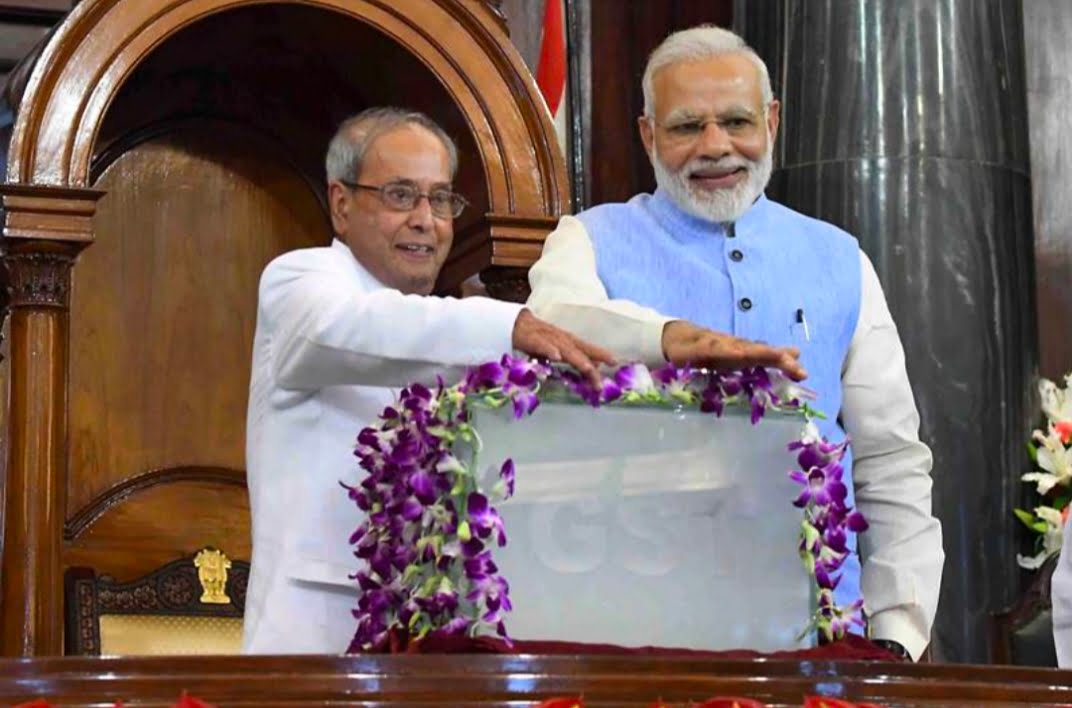
As a result of the GST model implemented by the Modi government, regressive tax designs can be avoided. GST Council recommends the GST rate for pre-packaged and pre-labeled goods, not the central government, regarding the recent controversy over 5% GST. It is a proper federal organization with representatives from every state government, including Union Territories with legislatures, and the Federal Finance Minister, who serves as its Chair.
In the GST Council, states have a 2/3 vote weightage. There is a 1/3 vote weighting for the Centre. So far, only one decision has been voted on during the 47 GST Council meetings. State and Center consensus has been essential to most GST Council decisions. During its 47th meeting, the GST Council recommended rate rationalizations based on the Group of Ministers (GoM) recommendations.
At its 45th meeting, on September 17, 2021, in Lucknow, the GST Council set up a Panel of Ministers to recommend several rate-related issues, such as rate rationalization, correcting inverted duty structures, and addressing classification-related complexities. As a result, this tax is only applied on items sold under a registered brand or brand for which the supplier has not foregone an enforceable right.
Manufacturers and brand owners used this provision rampantly within a short time, and GST revenue from these items gradually decreased. Those who paid taxes on branded products resented this. As a preventive measure, they requested that every packaged commodity should be charged GST uniformly to ensure that such misuse is prevented.
In addition to the federal government, states also observed rampant tax evasion. In several meetings, the Fitment Committee had also examined this issue and made recommendations to curb misuse based on its findings from Rajasthan, West Bengal, Tamil Nadu, Bihar, Uttar Pradesh Karnataka, Maharashtra, Haryana, and Gujarat. Does this represent the first time that such food articles are taxed? That’s not correct.
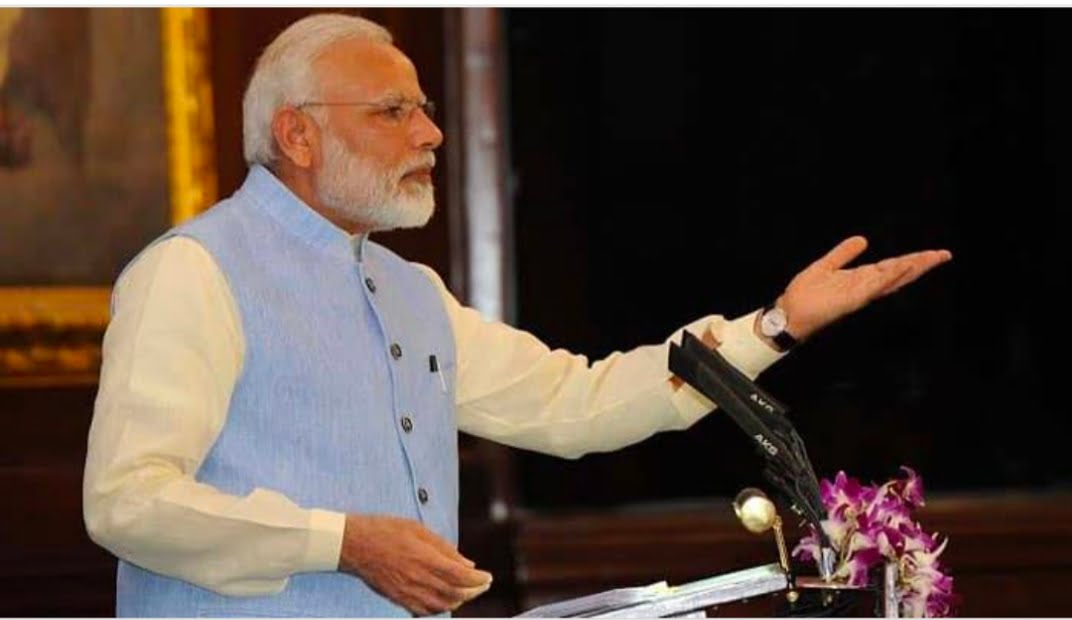
As a result of the pre-GST regime, states collected significant revenue from foodgrains. A total of Rs 2,000 crore in purchase taxes was collected in Punjab alone on foodgrain. There was a collection of 700 crores in UP. Since tax rates have decreased significantly post GST, middle-class families have been greatly relieved.
For example, shampoo, soap, detergents, toothpaste, and sanitary ware were taxed at 30% before GST but are now at 18%. As a result of its 47th meeting, the GST Council decided to leave a 5% GST on pre-packaged and pre-labeled goods to curb tax evasion. GST was imposed only on these goods, effective from July 18, 2022, not on the items themselves, except for maybe 2-3 odd goods.
To comply with the Legal Metrology Act of 2009, GST on these goods must be applied to pre-packaged and pre-labeled commodities. For example, pulses and cereals like rice, wheat, and flour were subject to 5% GST earlier. “Pre-packaged and labeled” items from July 18, 2022, will incur GST.
A wholesale package that contains more than 25kg would not be considered a pre-packaged or pre-labeled product for GST purposes, even if legal metrology packages are declared under Rule 24 of the 2011 rules. This change will reduce GST costs for the industry.
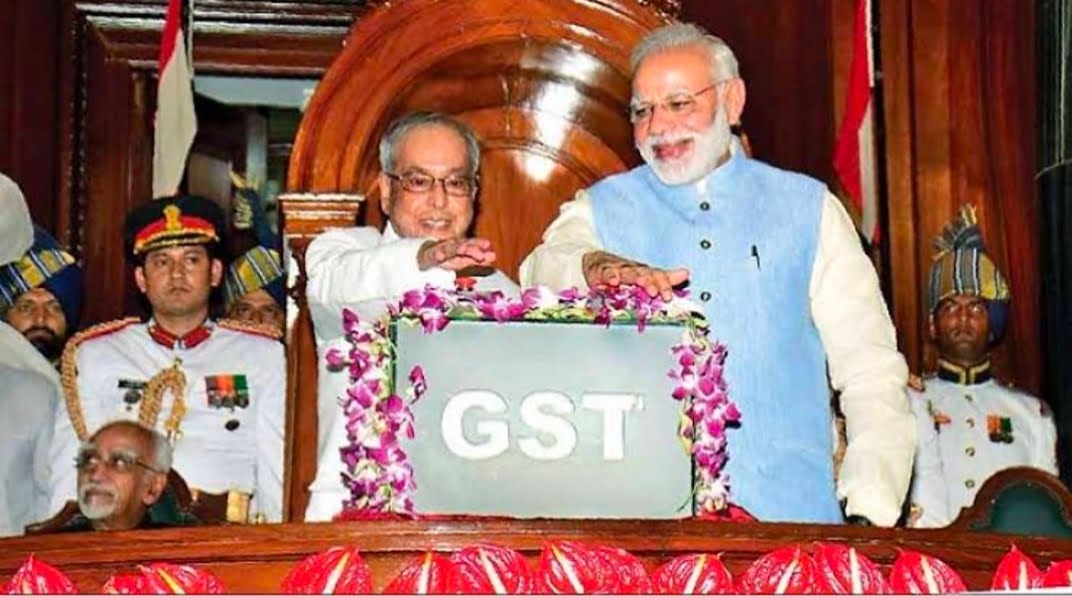
In summary, this decision looked out for the interests of consumers, small traders, and small industries and was taken to curb tax leakage and pilferage. There was extensive consideration at various levels, including officer and ministerial levels, and the GST Council finally recommended it due to prolonged and rigorous deliberations. Unlike hidden taxes, GST has no hidden fees.
The reduction of the overall tax burden on the middle class, better compliance, preventing of tax leaks, lowering the rates, extending the tax base, and making exports more friendly have eased the process of doing business, particularly for small businesses. In many ways, One Nation, One Tax, embodied by GST, is one of the most significant indirect tax reforms in India’s economic landscape, made possible by Prime Minister Narendra Modi.




